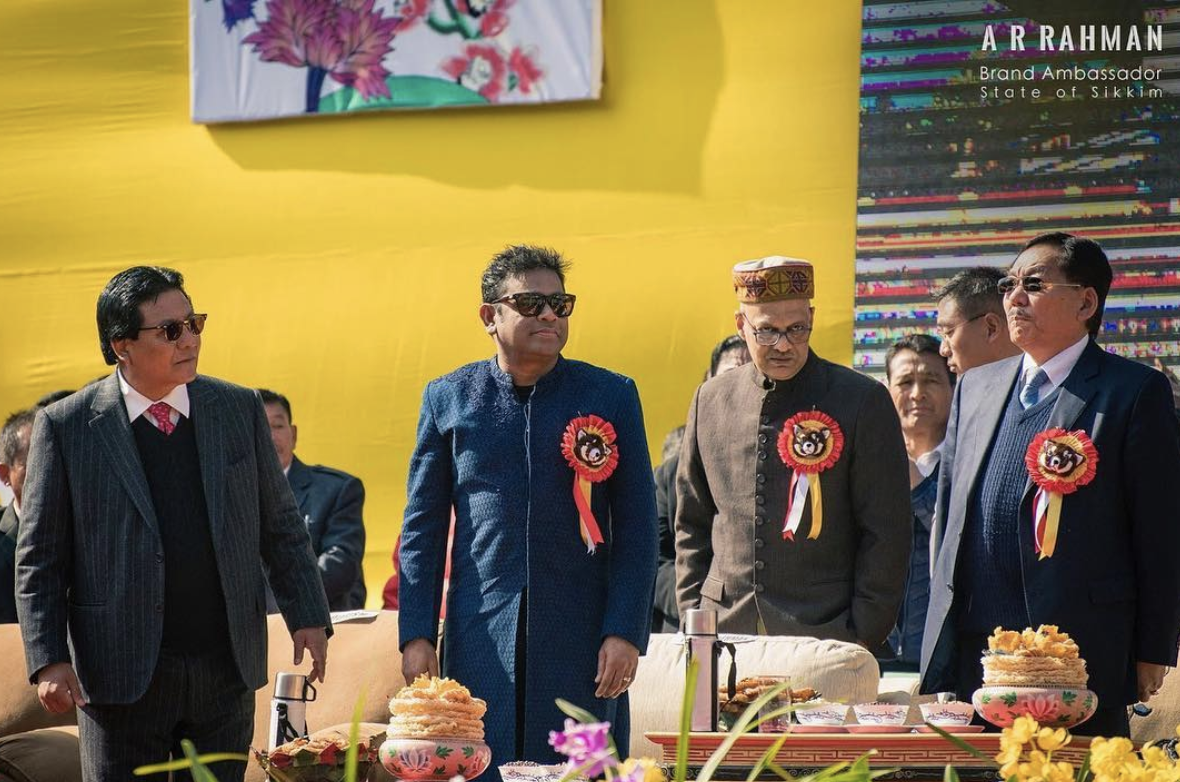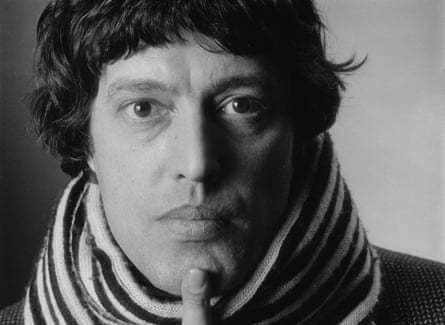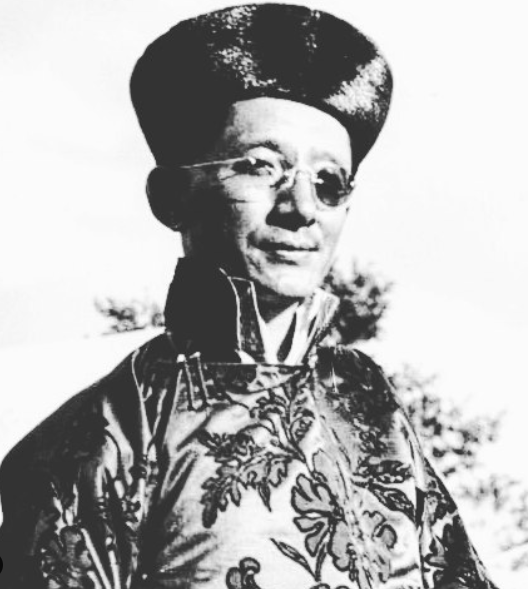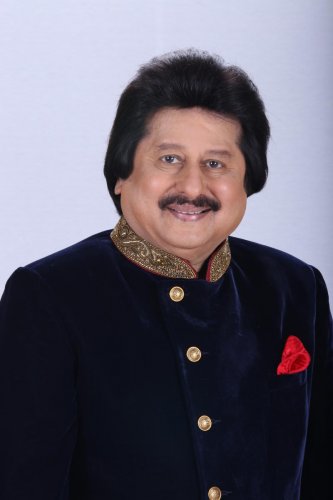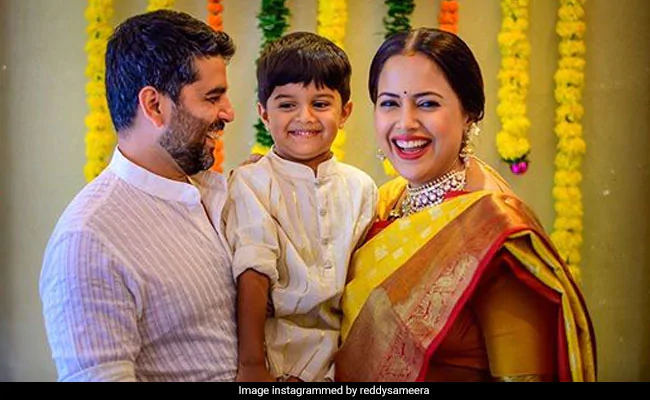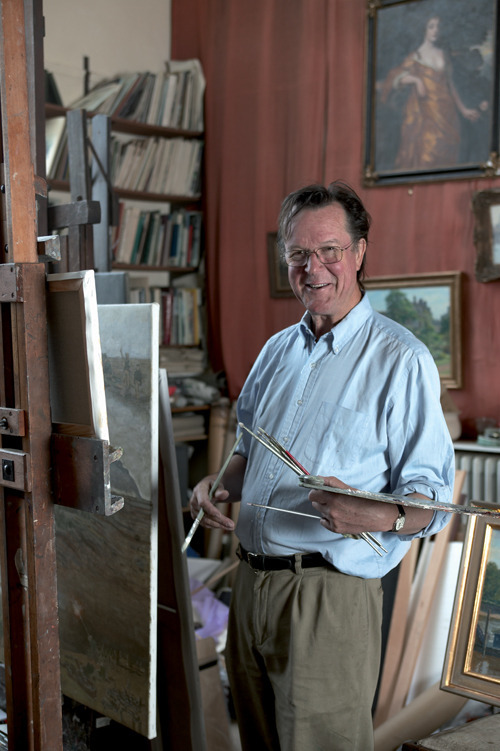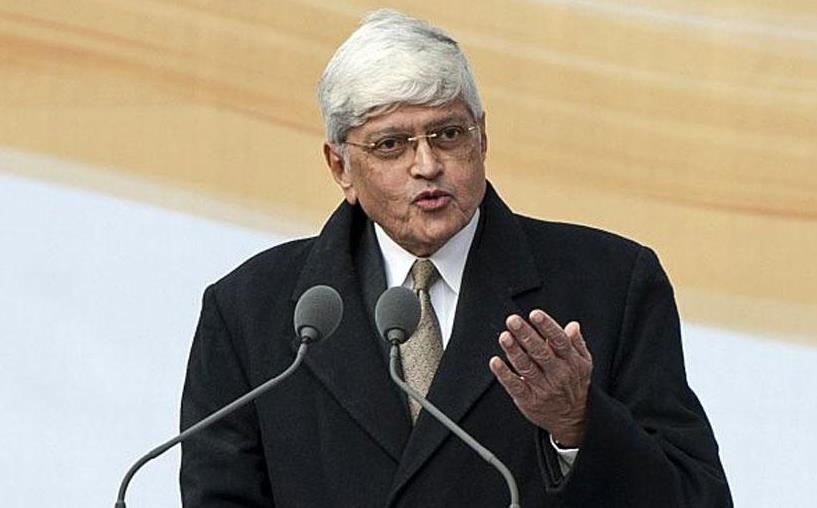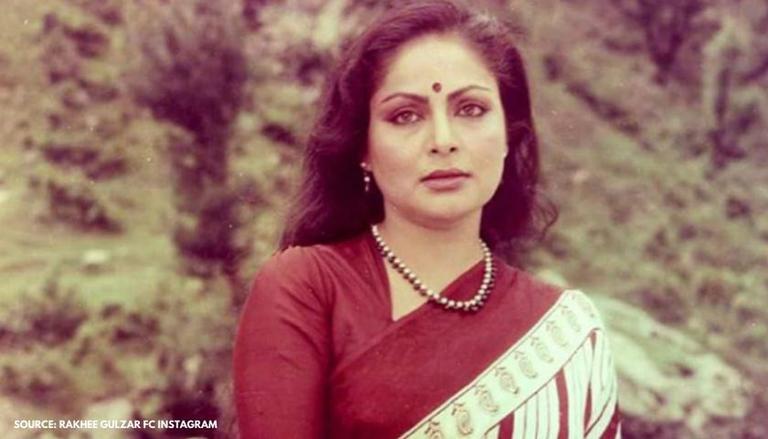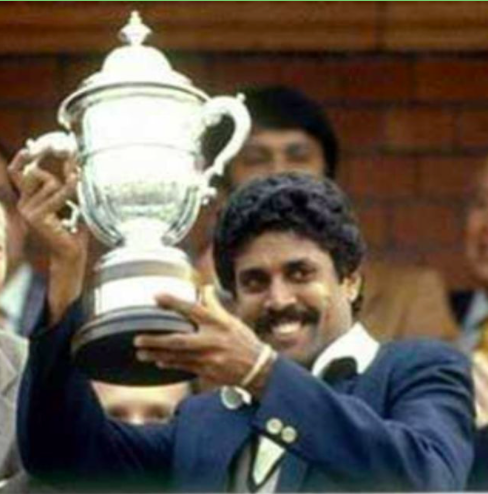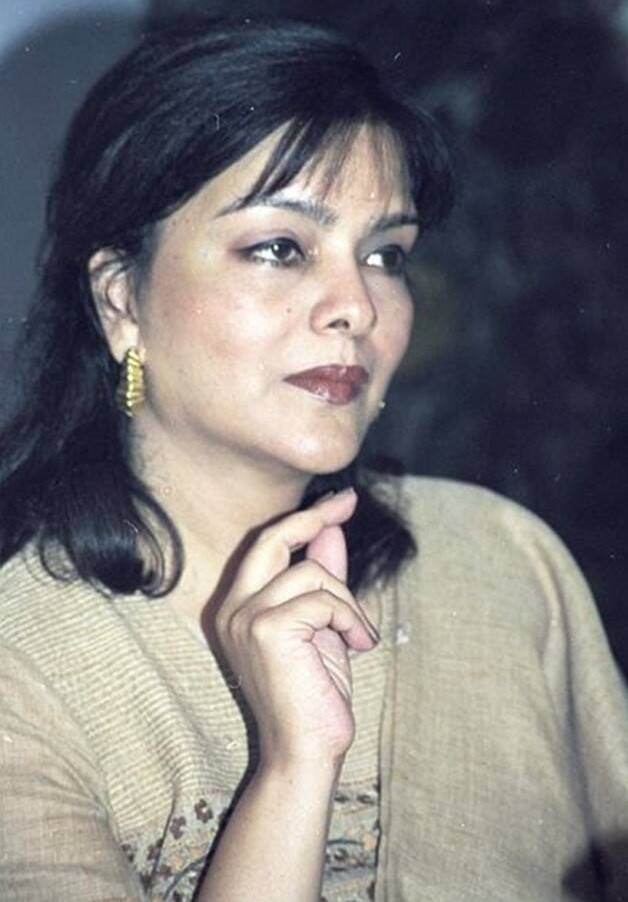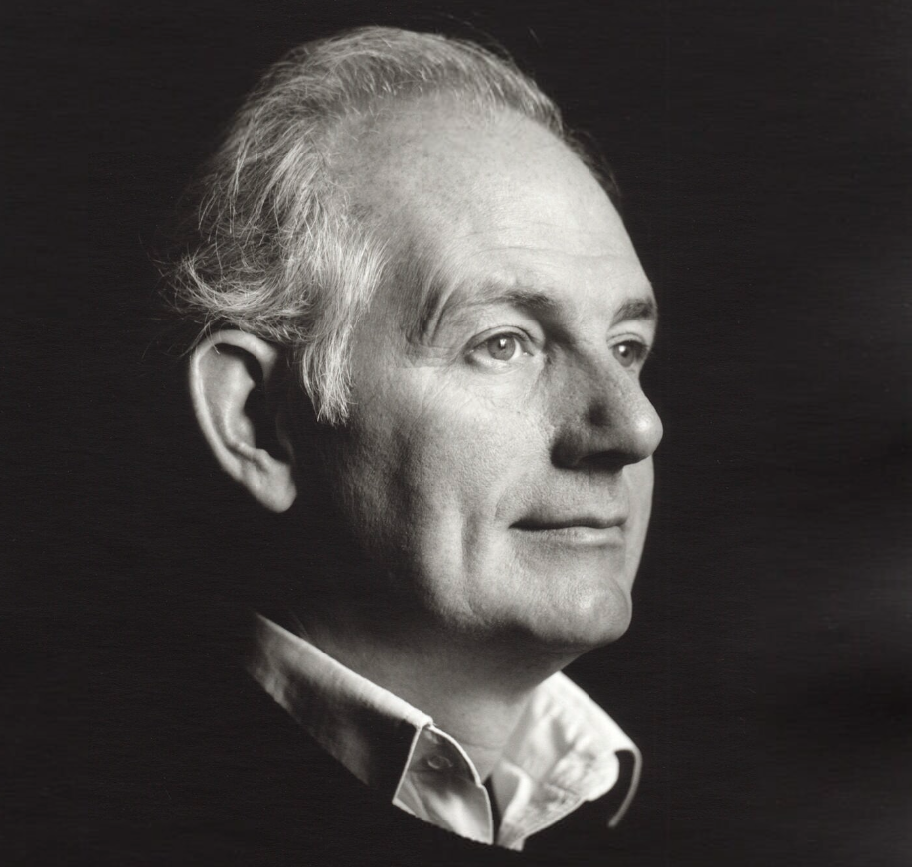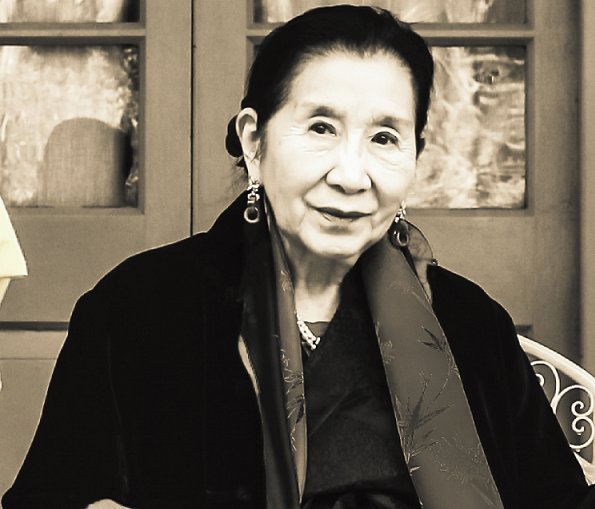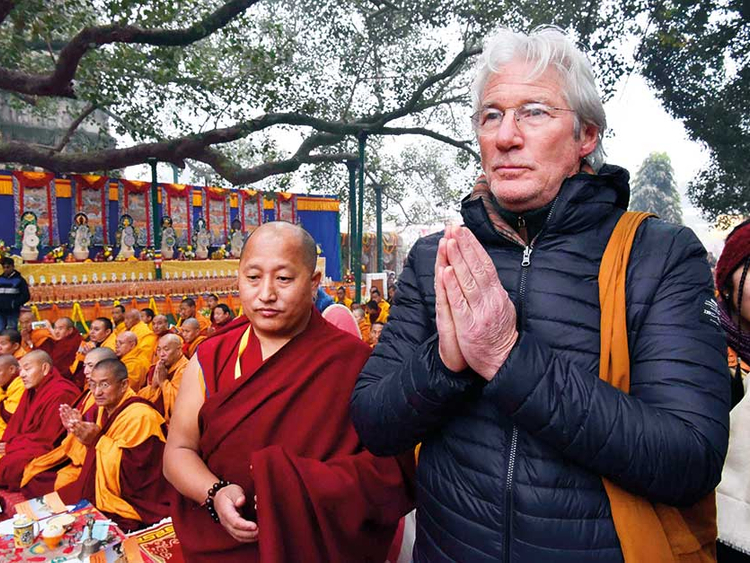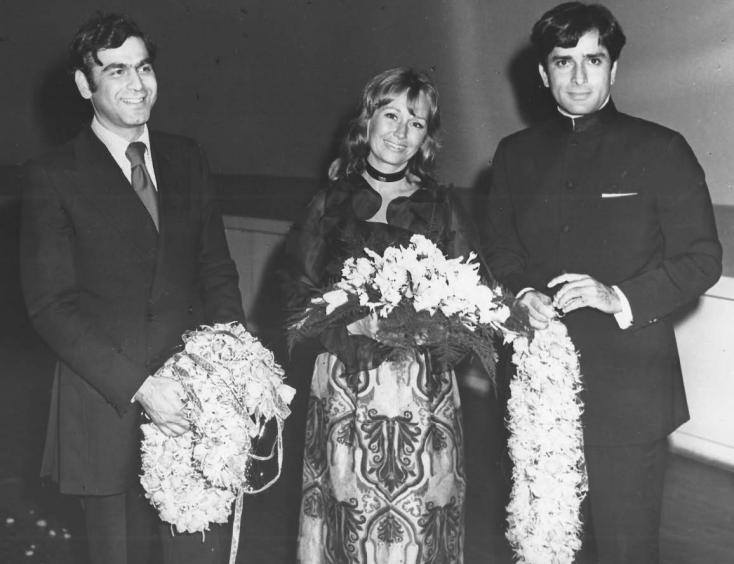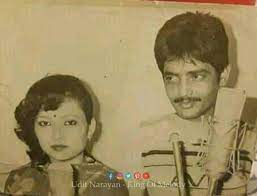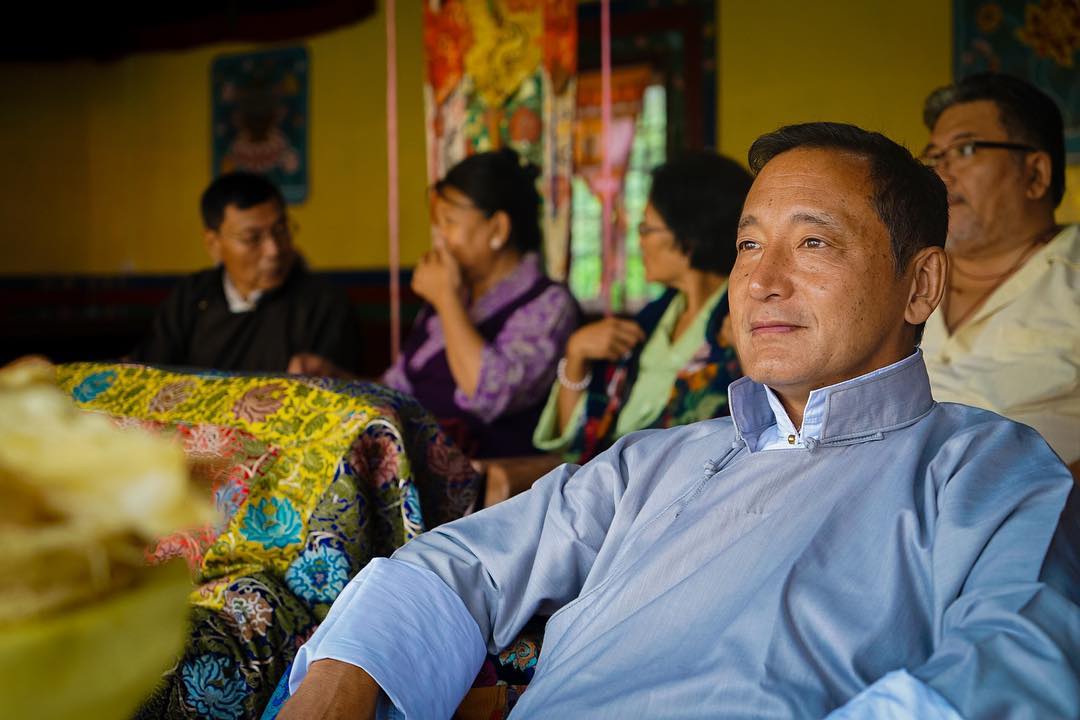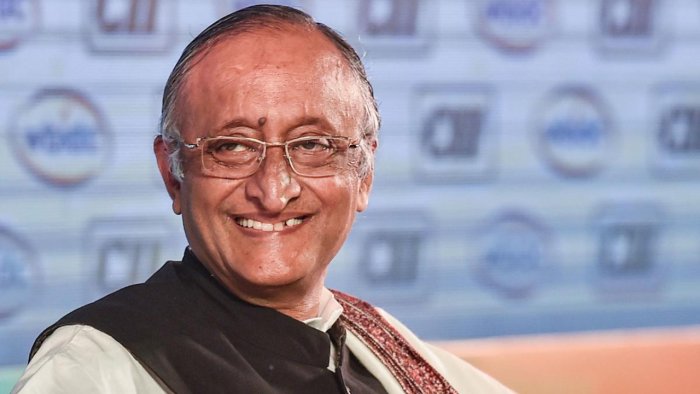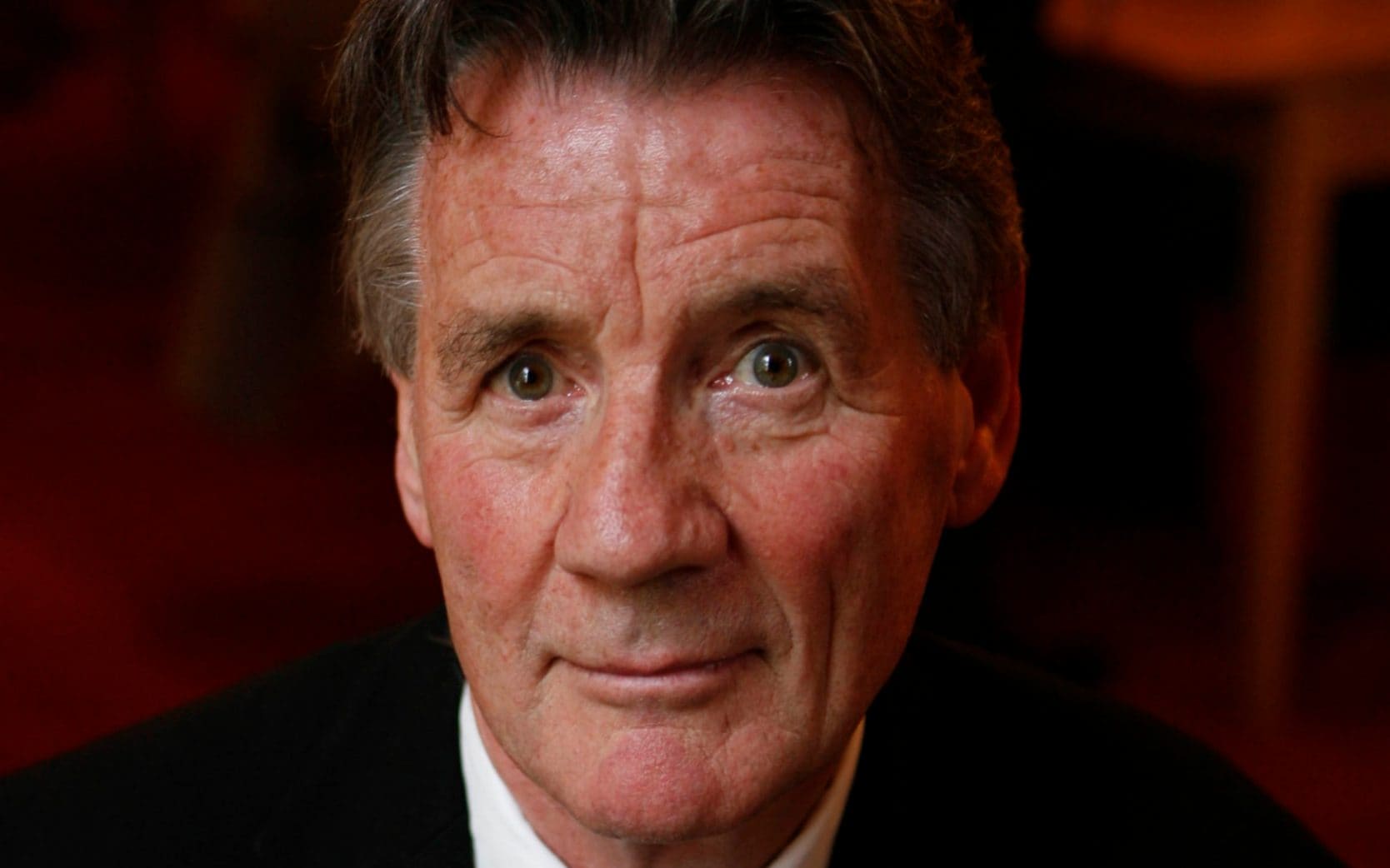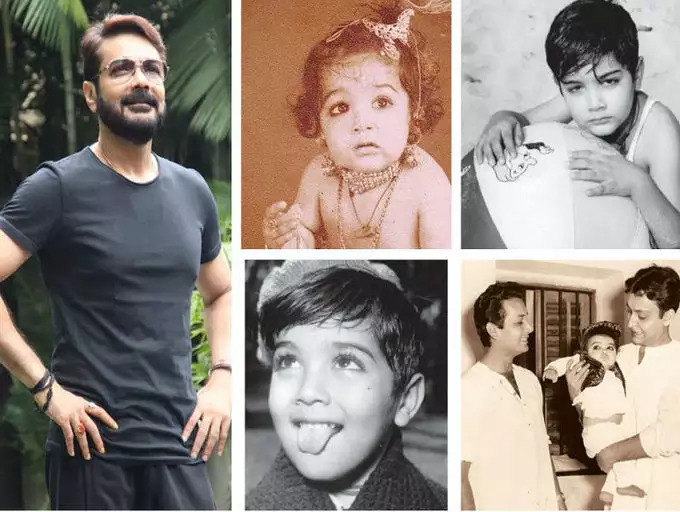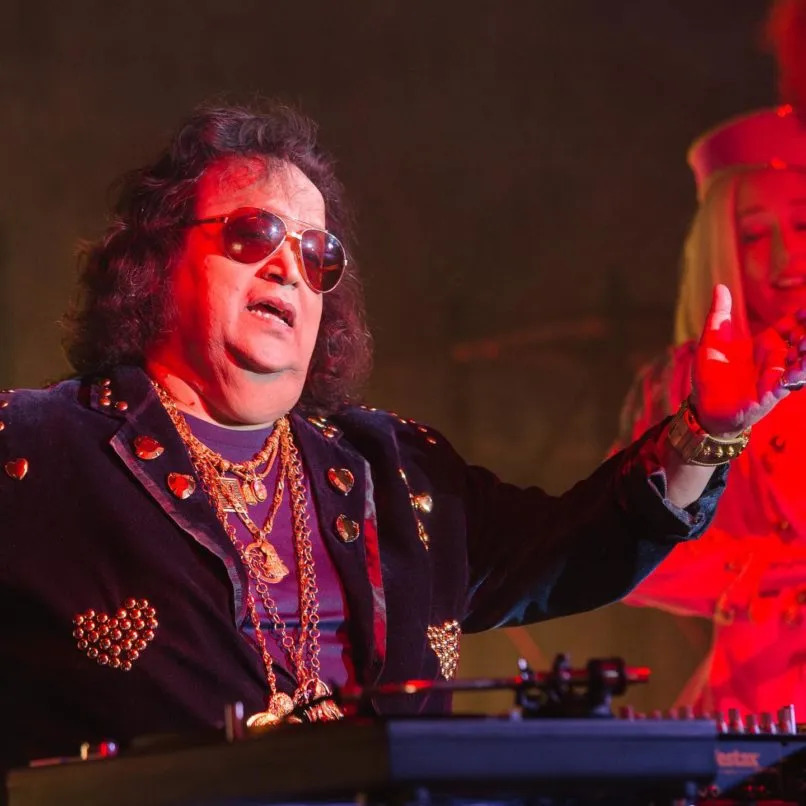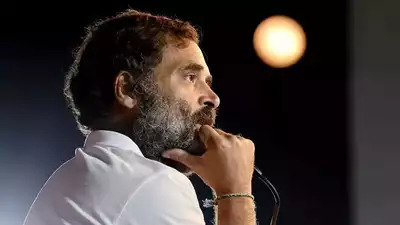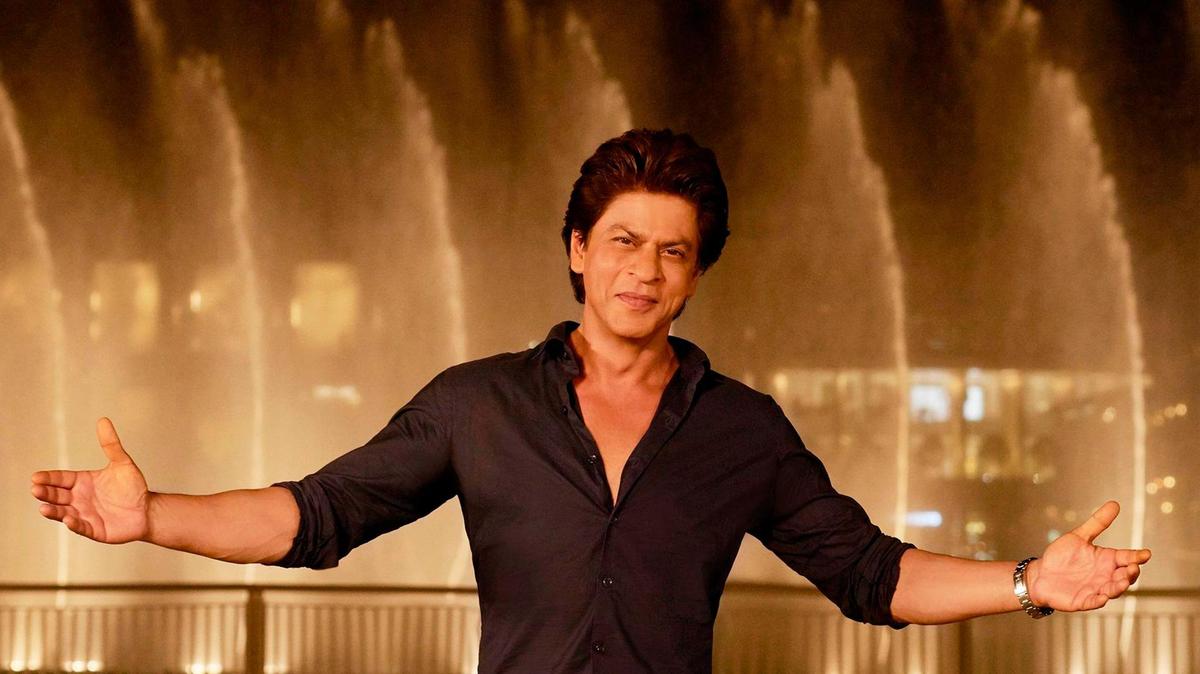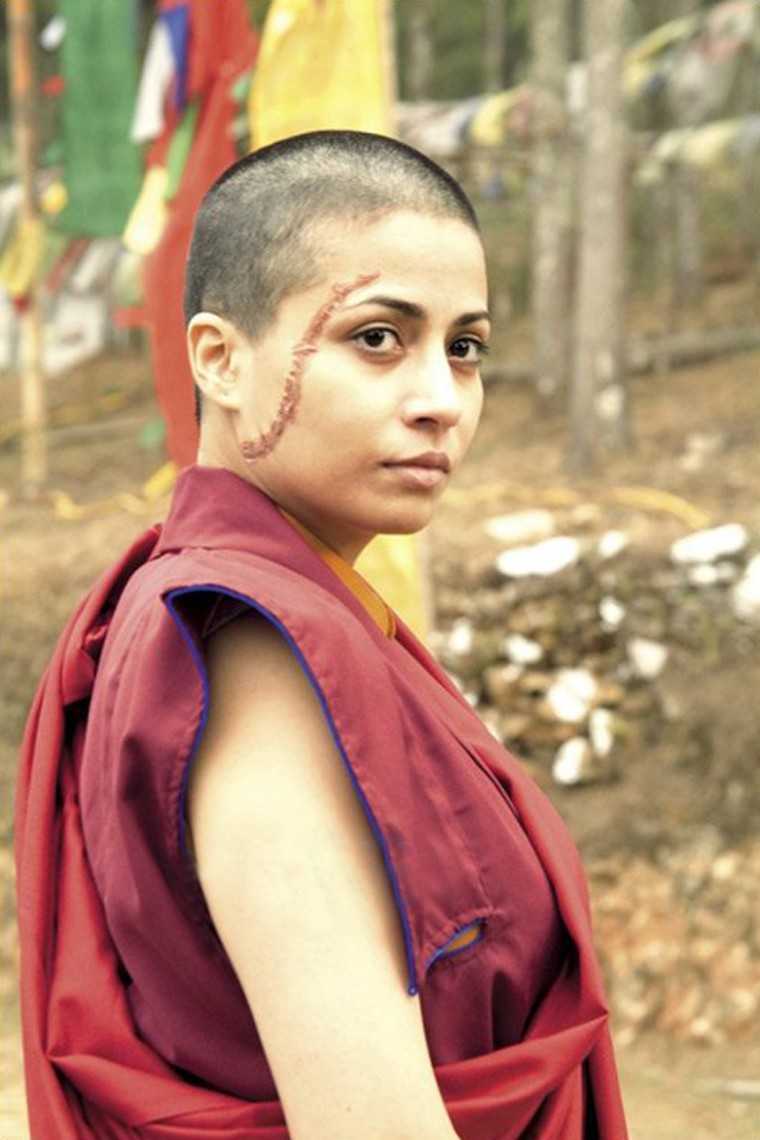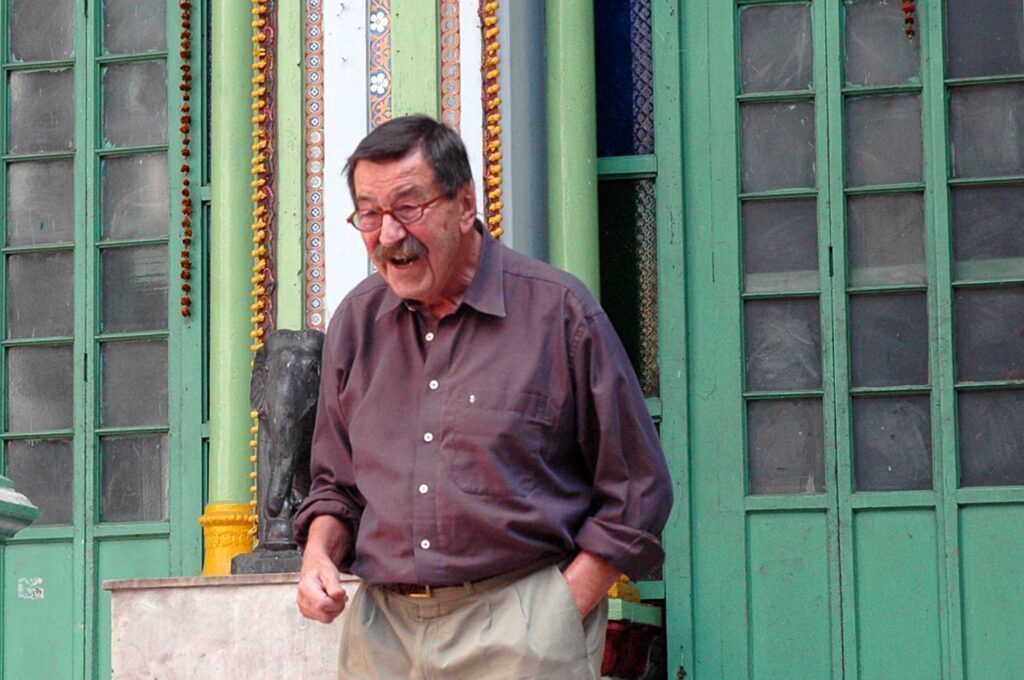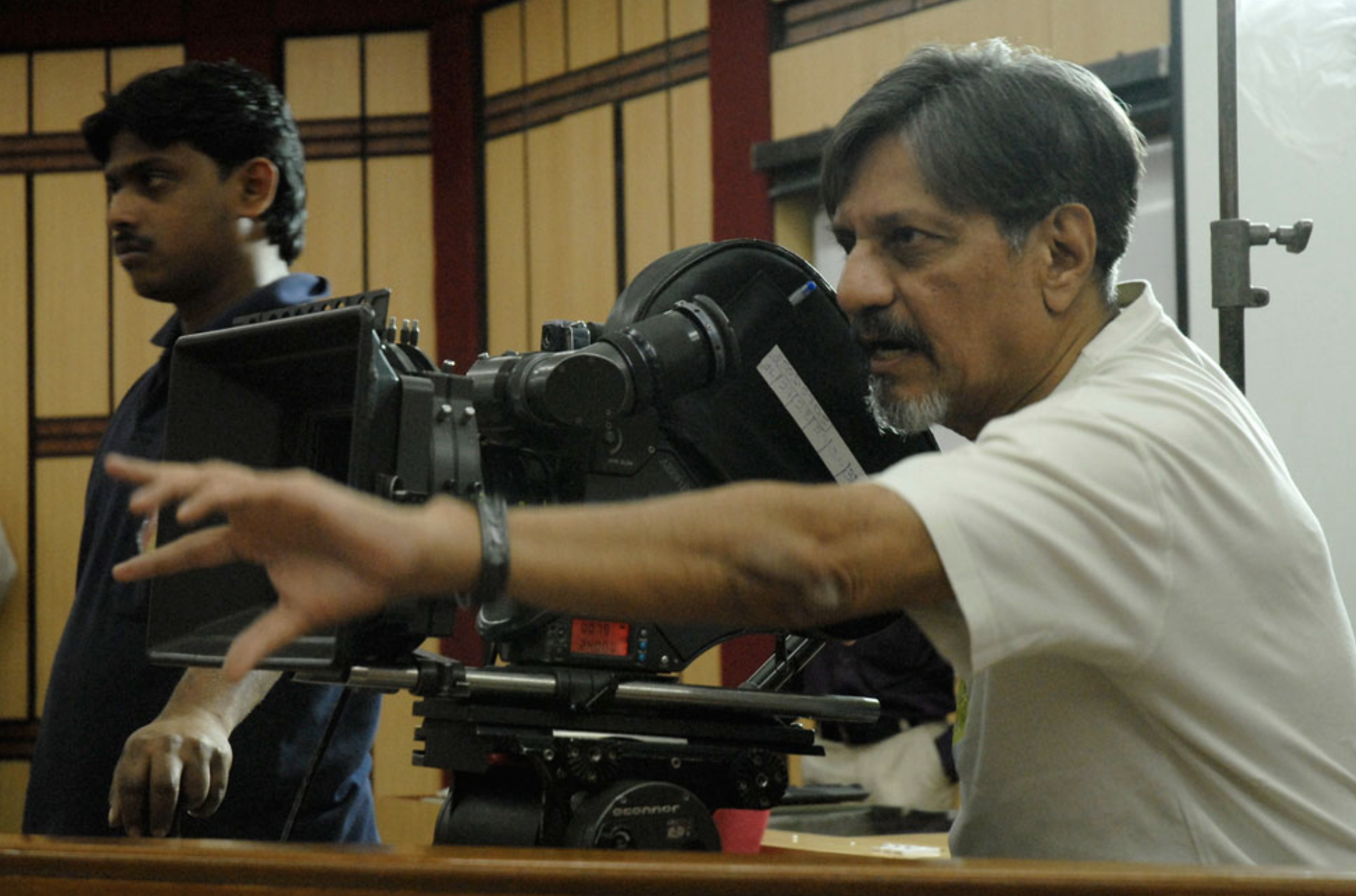AN ELGIN EXCLUSIVE FEATURE
“Each one of us has a natural instinct to rise, like a flame of the lamp. Let’s nurture this instinct.” – Narendra Modi
A journey inspired by the bravery, kindness, and unflinching dedication. The decision to devote his life in service of the people at a very young age took him through an unexpected journey from being a kid succoring his father by serving tea to being the Prime Minister of a diverse nation, India, Narendra Modi has transmogrified the country stupendously.
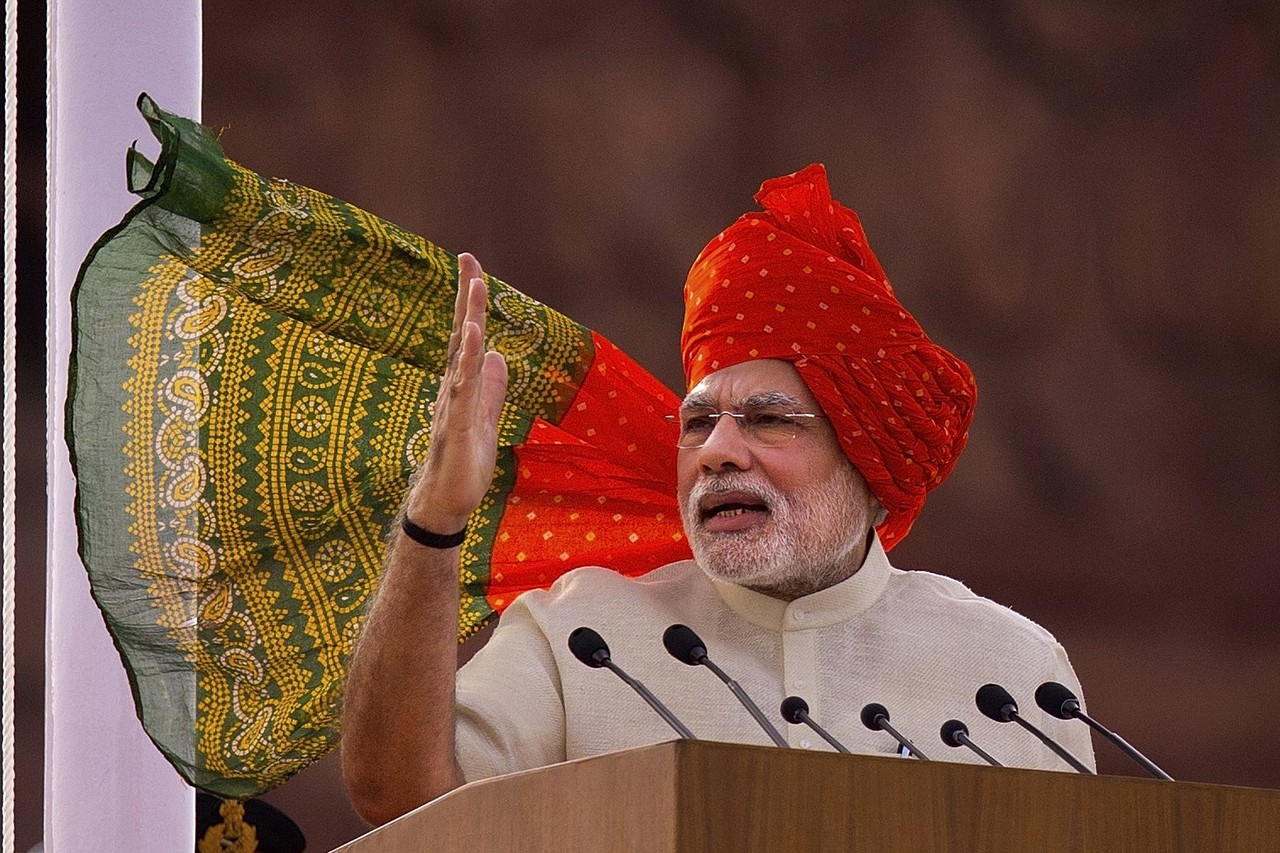
Image by Wall Street Journal
Prime Minister Narendra Modi addressed India on Independence Day in August. As his colorful turban blew in the wind at New Delhi’s Red Fort, he projected a confidence that many said had been missing in previous prime ministers.
In the by-lanes of Vadnagar, a tiny town in North Gujarat’s Mehsana district, Narendra Modi’s incredible life journey to the Office of Prime Minister commenced. Born on September 17, 1950, just three years after India attained independence, he became the first Prime Minister of independent India. Mr. Modi hails from a modest household with humble antecedents. The entire family was confined in a tiny single – storey house of around 40 feet by 12 feet.
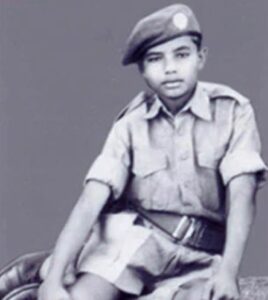
A rare picture of Prime Minister Narendra Modi during the times when he was NCC cadet.
Narendra Modi’s formative years taught him significant tough lessons as he juggled his studies and non-academic life while working at the family’s Tea Stall to support the family as they battled to get by. His childhood beliefs and aspirations differed radically from that of usual children his age. Could have been the imprint of Vadnagar, once a thriving hub of Buddhist learning and devotion that he was touched by Swami Vivekananda’s teachings and laid cornerstone for path of enlightenment and followed Swamiji’s vision of making India a Jagat Guru.

An old picture of PM Narendra Modi during his teenage days.
He left home at the age of 17 to travel across India. He spent two years wandering around India’s wide expanse, learning about diverse ethnicities. Returned home, transformed, with a clear aim of what he wanted to accomplish. He migrated to Ahmedabad and was soon a member of the Rashtriya Swayamsevak Sangh (RSS). RSS, a socio-cultural organization dedicated to India’s social and cultural regeneration. Since 1972, his day began at 5 a.m. and extended late night, it was difficult being a Pracharak with RSS in Ahmedabad. And, in the late 1970s, a young Narendra Modi was immersed in the movement to restore democracy in India, under martial law.

Image by Thewire.in
A young Narendra Modi at an RSS event.
In 1987 a unique episode began in the life of Mr Modi as he began work as the General Secretary of the BJP in Gujarat. His priority was to steer the BJP to a first-ever victory in the Ahmedabad Municipal Corporation elections. In the 1990 Gujarat Assembly elections, he also assured that the BJP ran second to the Congress. Mr Modi’s organisational prowess ensured that the BJP’s vote share surged in the 1995 Assembly elections, and the party won 121 seats.
Since 1995, Mr Modi had operated as the BJP’s National Secretary, managing the party’s operations in Haryana and Himachal Pradesh. He served as the BJP’s General Secretary Organization to ensure the party’s victory in the 1998 Lok Sabha elections. Mr Modi got a call from then-Prime Minister Atal Bihari Vajpayee in September 2001, heralding the commencement of a new chapter in his life that would propel him from the tumultuous sphere of Organizational Politics to the world of Governance.
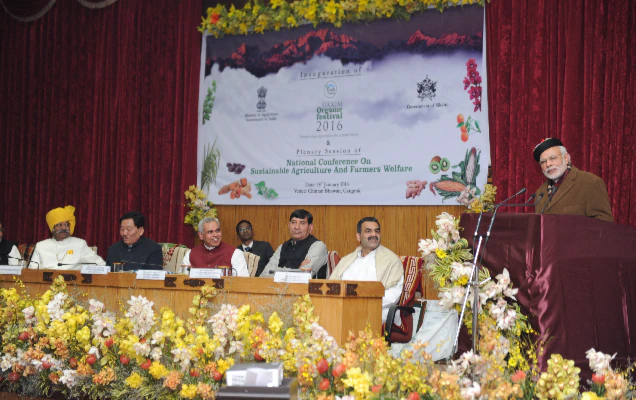
We cannot exploit nature. We have to live in harmony with nature: PM Modi at National Conference on Sustainable Agriculture & Farmers welfare at Gangtok.
The man’s iconic visits to places have marked the country to the history. Just like that, his arrival to embrace the beautiful mountain state of Sikkim, the last to become part of India, gave the label to the land as the first organic state of the country. He also attended a conference to support sustainable agriculture along with further infrastructural push to the area including a new airport at Pakyong, assumed to be one of the prettiest airports in the region. Later, he planned a visit, where Mr. Modi inaugurated the Pakyong Greenfield Airport, around 33 kilometres from Gangtok to showcase his immense support in the development of the state- a step towards the evolution.
Narendra Modi’s quest to building India a vibrant exemplar of development and governance was not smooth. It had been a route riddled with adversity and tribulations. If there is one trait of Narendra Modi that has shone out over the last decade, it is his true leadership in the face of adversity. Shri Narendra Modi’s governance technique was always perceived as above politics. Political divisions were never a hindrance to Shri Modi’s pursuit of resolution to developmental issues. As India’s Prime Minister, Shri Narendra Modi, intends to take office, his orientation to administration and governance sticks out for its cognitive style. Shri Modi’s Pancha-Amrut convergent governance system represents the finest illustration of his ideology of “Minimum Government, Maximum Governance.”


